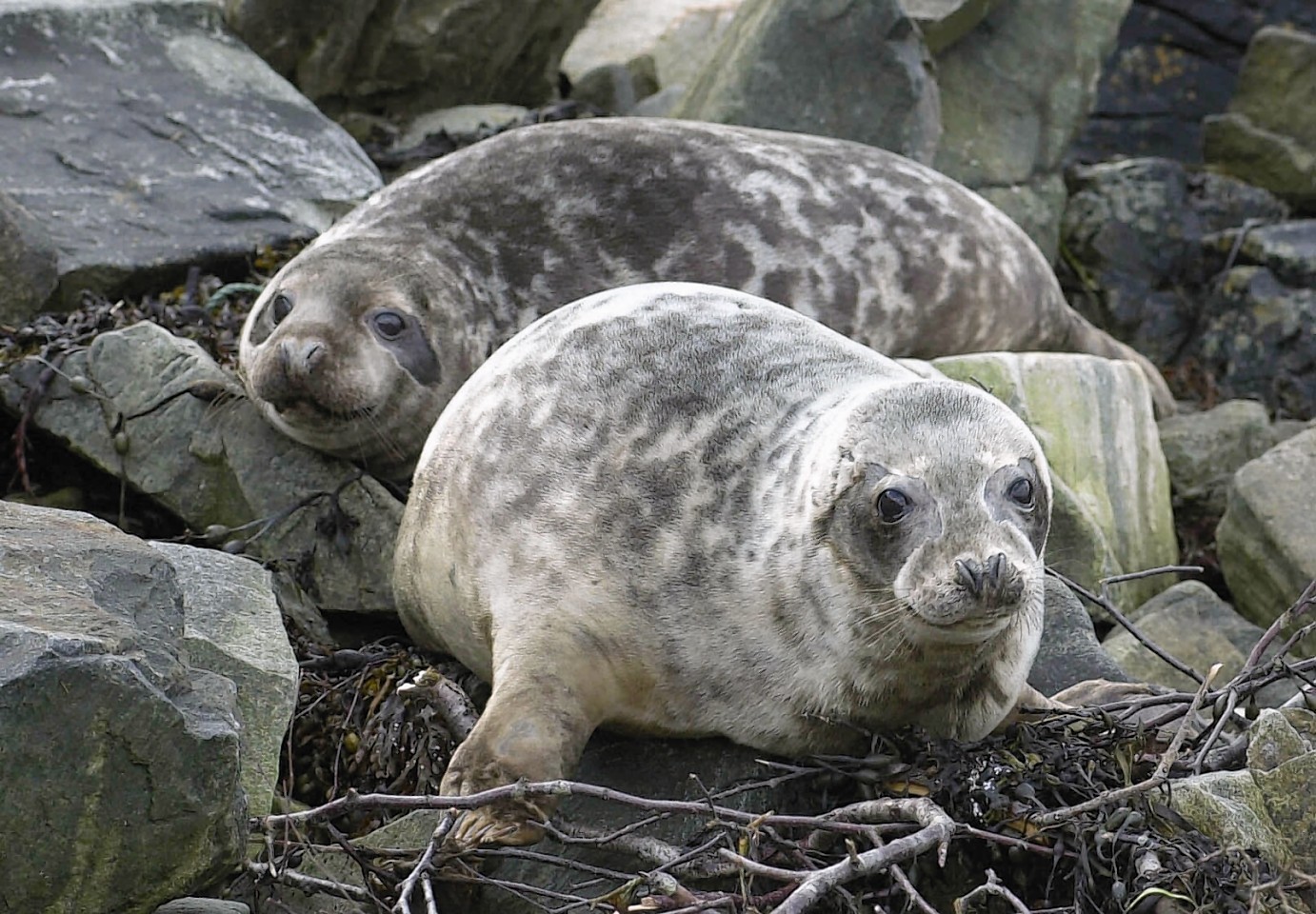Scottish grey seals have been found to be infected with salmonella bacteria similar to those prevalent in livestock and humans.
The discovery has prompted scientists to voice concerns over the risk of possible environmental pollution from activities such as farming and sewerage discharge.
The study, led by researchers from Edinburgh’s Moredun Research Institute, was recently published in the Journal Environmental Microbiology.
The team investigated the prevalence and origin of salmonella in free-ranging and stranded grey seal pups and compared it with strains from human cases, livestock, wild mammals and birds.
Analysis of different strains found close similarities with those found in cattle and humans.
Johanna Baily, of Moredun Research Institute, said: “Finding these salmonella isolates in large marine mammals along our coastlines raises concerns of land-sea transfer of both human and livestock pathogens.
“We need to know more about how these bacteria have spread to the marine environment and what threat they represent for our native marine mammals”
The study found salmonella was present in 37 out of 175 pups.
Live pups exposed to sea water were found to be almost four times more likely to carry salmonella compared to those not exposed to sea water.
Ailsa Hall, director of the Sea Mammal Research Unit, said the study gave an important insight into the factors affecting the survival of grey seal pups and the role bacterial infection may play.
She added: “Understanding the causes of morbidity and mortality in this species is key to improving our ability to interpret changes in the abundance and distribution of grey seals in the UK.”
Geoff Foster, of the SAC Consulting Veterinary Services, in Inverness, said: “This work expands on current knowledge of the ecology of an important group of pathogenic bacteria for man and animals.
“Our ongoing work with animal livestock, wild mammals and birds, alongside interactions with human health bodies, continues to explore such relationships, which are of significance for animal and public health”.
